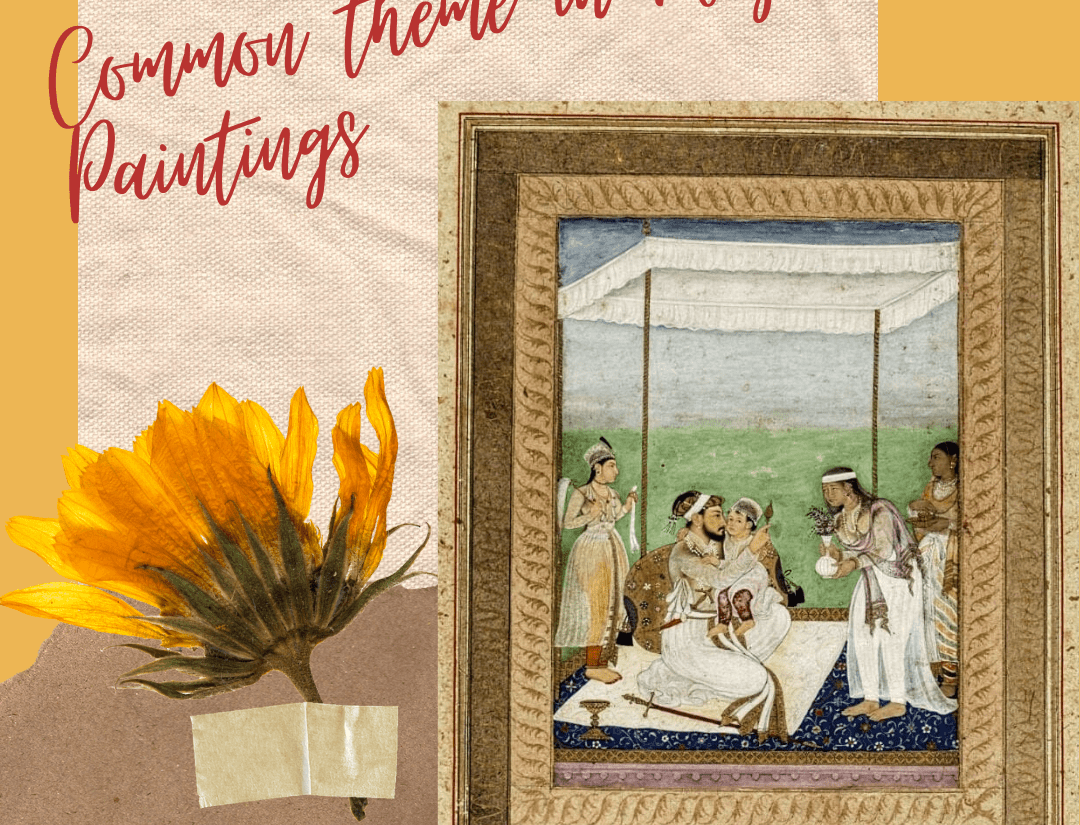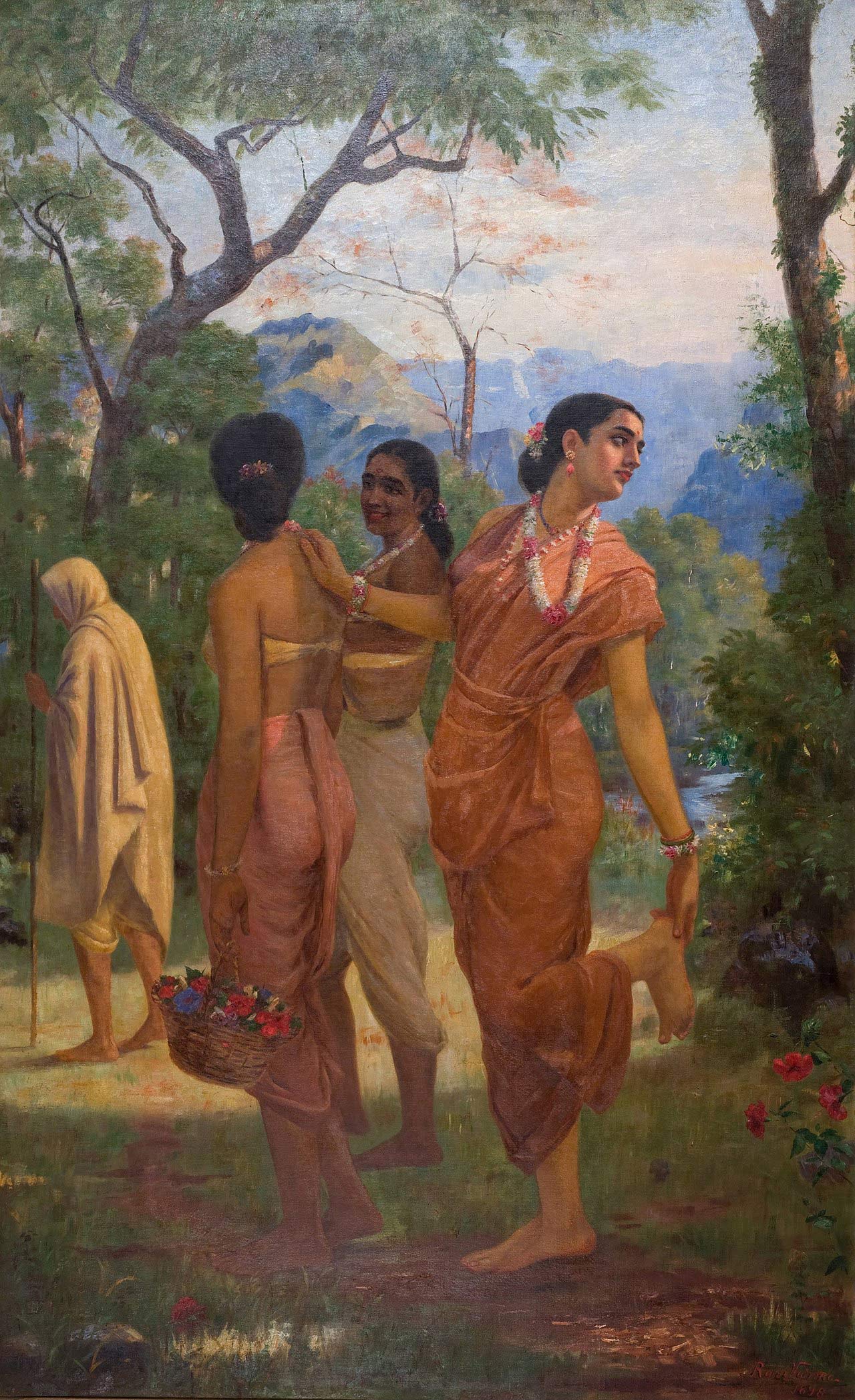
Article by EIH Researcher and Writer
Anupam Tripathi
Ebba Koch argues that one of the themes of the Mughal paintings is the divergence of text and painting; A divergence of dialects that reflects the ambivalence of the court. Mughal paintings showed an ongoing attempt to maintain a sense of superiority and thereby legitimacy. For example, a painting of Shah Abbas of Iran and Jahangir by Abul Hasan shows a lion and a lamb in it. Shah Abbas is shown in a deferential stance compared to the great Jahangir who has a halo over him , both emulated symbols of European Christian traditions. In this painting, Jahangir’s foot is placed on the lion while the foot of Shah Abbas rests on the lamb, suggesting his stature. They are both shown standing on the globe, on which their two kingdoms are depicted. However, this painting is not a real life interaction, but an allegorical representation. In another painting, Jahangir is shown killing Malik Ambar, wielding his weapon while standing on a globe depicting China, Iran and India. The emblems of the lion, the lamb, the wolf and the oxen were used in many paintings. Peace amongst animals ensured by a just ruler was easily incorporated as one of the concepts in the Mughal style of paintings as it was also similar to older Islamic paintings such as in the Kalilah wa Dimnah, Anwar-i-Sulbai and Iyan-i-Danish. This trend continues in the days of Shah Jahan, as demonstrated by a painting by Hashim showing him in the centre of a globe. The globe has a lion and the lamb on it, and above it a depiction of angels wrapped in crown clouds. The globe is used to highlight the image of a universal ruler who supports a system of justice and peace. Another feature in some of these paintings, such as Jahangir killing Malik Anbar, is the chain of justice, a European concept that supports the ideal of justice as the main role of a ruler.























